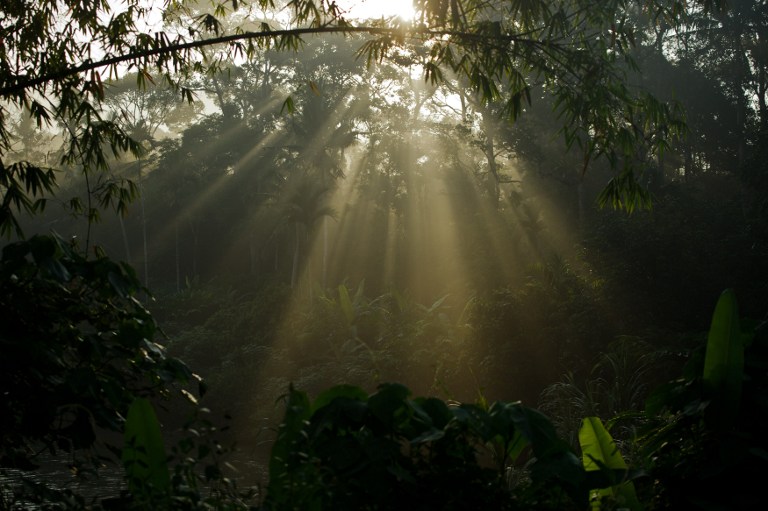KOTA KINABALU, Sept 20 — Hopes to conserve three of Sabah’s iconic but endangered wildlife lies in three new action plans that are finally nearing completion after more than seven years of intensive study.
Tourism, Culture and Environment Minister Christina Liew said the 10-year wildlife action plans for the Sunda clouded leopard, proboscis monkey and Bornean banteng are in their final stages, and will be presented to the state Cabinet before they are tabled at the State Assembly in early November.
“I support the plans and hope that the Cabinet will approve them too. It’s important that we implement this as soon as possible for the survival of our endemic species. We have to protect them before it’s too late,” she said today.
The plans, which focus heavily on enforcement, are hoped to be at least partly in place by the end of the year.
“With this, we hope to be able to put in place a specific and stronger enforcement unit. All the laws and policies we have may be sufficient but we are lacking in enforcement,” she told a press conference here.
Danau Girang Field Centre (DGFC) director Benoit Goossens said that the plans had included a specialised crime analyst and intelligence gathering unit as well as undercover work.
Part of the action plans also includes formalising a memorandum of understanding with plantation owners, especially smallholders who see wildlife as pests and have resorted to harmful ways to avoid damage and intrusion by the animals.
“We have tried enforcement but without proof, we cannot bring them to face the law. So a different approach is to increase awareness and get them to inform us instead. We will also emphasise that snares and traps are illegal,” said Goossens.
Earlier, he said that the three species are all threatened mainly by habitat loss and fragmentation, poaching and road development, such as the proposed Pan Borneo Highway.
Proboscis monkeys number about 6,000 in population here, while there are an estimated 750 Sunda clouded leopards and between 300 to 500 bantengs.
Goossens said DGFC also recommends that an Endangered Species Conservation Unit be set up to monitor the implementation of the action plans as well as any other plans for protected species in Sabah.
“The decline in proboscis monkey population is directly attributed to the expansion of aquaculture projects in mangrove areas (such as the shrimp farming project in Pitas) and the conversion of riparian habitats to agriculture land and human settlements,” he said.
“Increasing suitable mangrove and riparian forest areas as well as habitat connectivity between their different habitat ranges are crucial for their survival,” he said.
The Bornean banteng, Sabah’s wild cows, was declining due to heavy poaching, snaring and fragmentation. The banteng population is split into four regional management units that are totally isolated from each other.
The setting up of a captive breeding programme is crucial to ensure the survival of the banteng species in Borneo.
“Finally, for the Sunda clouded leopard, it is imperative to halt the loss and degradation of their habitat and maintain landscape connectivity. The proposed Pan Borneo Highway could have a detrimental effect on the Sunda clouded leopard by increasing fragmentation and the number of road kills,” Goossens said.
The 10-year action plans have been financially supported by Yayasan Sime Darby (YSD) since April 2011, with a total commitment of RM3.96 million.
Consultation workshops and international conferences with various stakeholders, ranging from governmental departments, experts and industry leaders, have been held. The recommendations proposed at the conferences underpin the state action plans.
YSD Governing Council Member Caroline Christine Russell said the foundation is proud of the efforts of DGFC and the Sabah Wildlife Department in successfully completing the state action plans to conserve three endemic and vulnerable species in Sabah.
She said the foundation also hoped other organisations would contribute towards the protection of the animals.
The wildlife action plan for elephants, an extension of the orangutan action plan and one for pangolins are also in the pipeline.



















